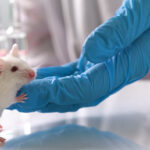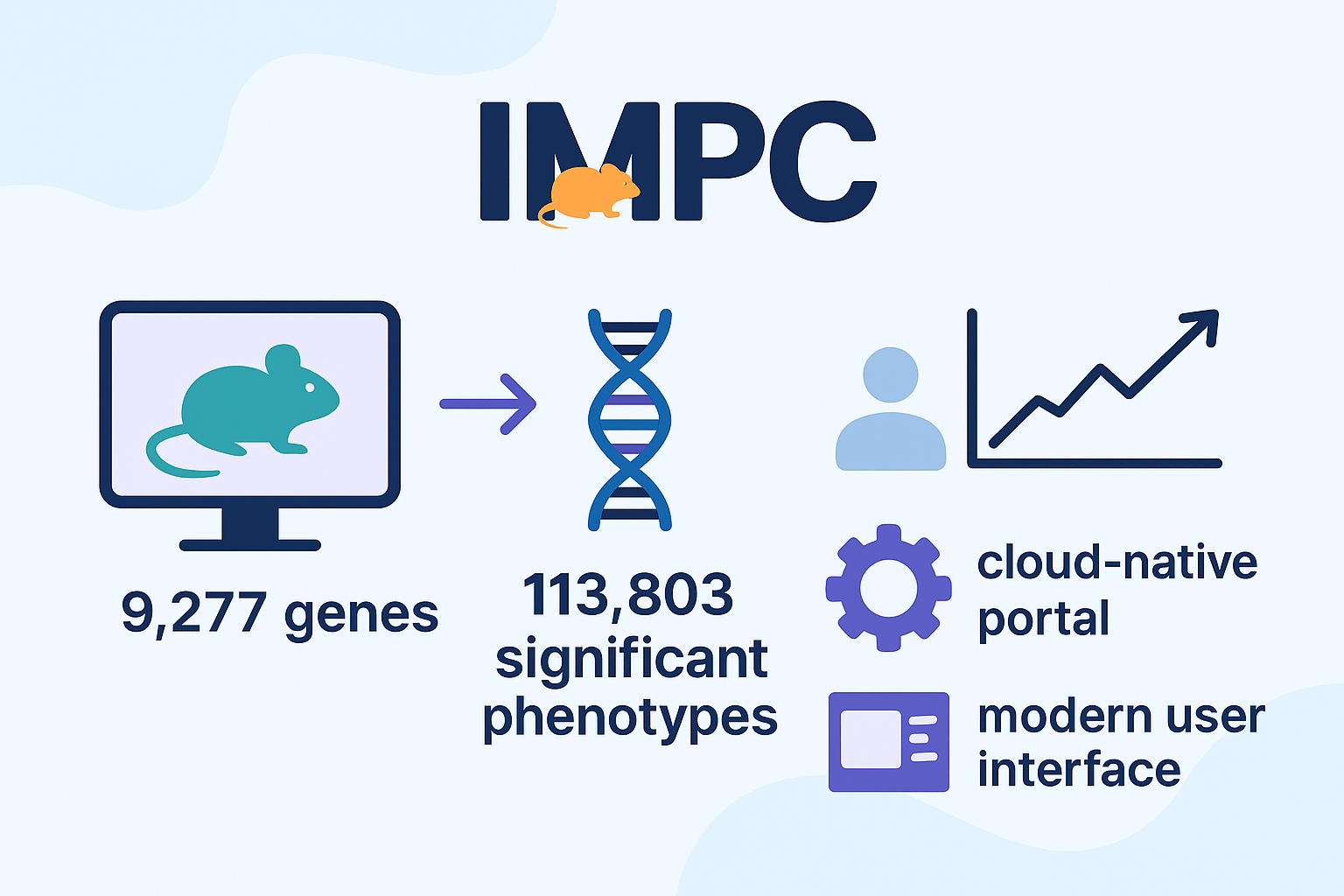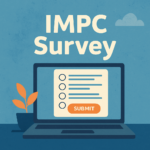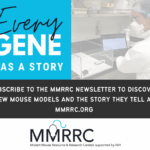
What you need to know about IMPC data
- We generate our own data, it is not aggregated from publications
- We are targeting genes that are yet to be studied
- We have standardised production methods to knock out genes
- Mutants and wildtype mice tested under the same phenotyping protocols
Our
Collaborator's Testimonials
Undiagnosed Diseases Network
The UDN uses IMPC data and mouse models to assist diagnoses via approaches such as Exomiser. Our phenotype data can provide evidence to support the pathogenicity of variants associated with rare and undiagnosed diseases cases. Our mouse models provide resources for functional studies for pathogenicity and therapeutic approaches.
Infection, Immunity Immunophenotyping
The Infection and Immunity Immunophenotyping (3i) consortium conducts a high-throughput immunological phenotyping of approximately 550 knockout mouse lines generated by the Wellcome Trust Sanger Institute (WTSI).The project is entirely open access and all data is made available online via this website and the website of the International Mouse Phenotyping Consortium (IMPC). All generated knockout mouse lines can be requested from the IMPC.
Monarch Iniative
The Monarch initiative is a tool that has been developed using computational reasoning to enable phenotype comparisons both within and across species to identify new animal models of human disease.
100,000 genomes project
Genomics England was originally created to lead the 100,000 Genomes Project – aiming to sequence 100,000 genomes from around 70,000 people. Participants are NHS patients with a rare disease, plus their families, and patients with cancer.
This Project was extended in 2018, the UK government extended the project to 1 million genomes in collaboration with the NHS and UK Biobank, with plans to reach 5 million over five years.
Kids First
Kids First, Knockout Mouse Phenotyping Program (KOMP2) and the IMPC are collaborating on a pilot project to develop mouse strains to study, phenotype, and validate coding and non-coding genetic variants (e.g. missense, structural variants, copy number variants, INDELS, frame shifts) identified from Kids First datasets.










